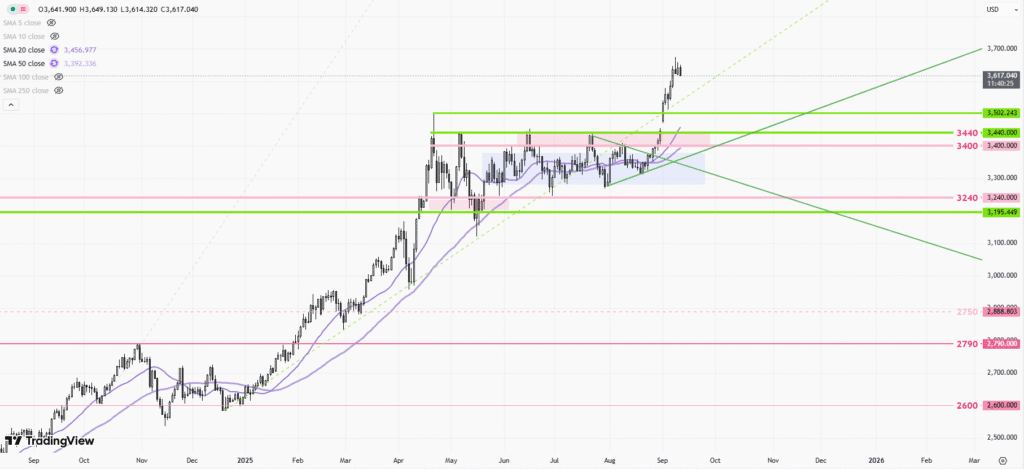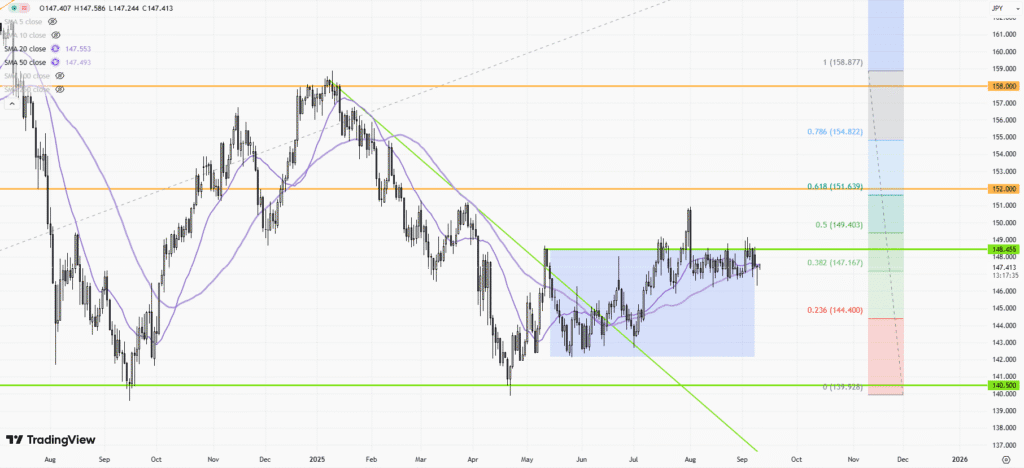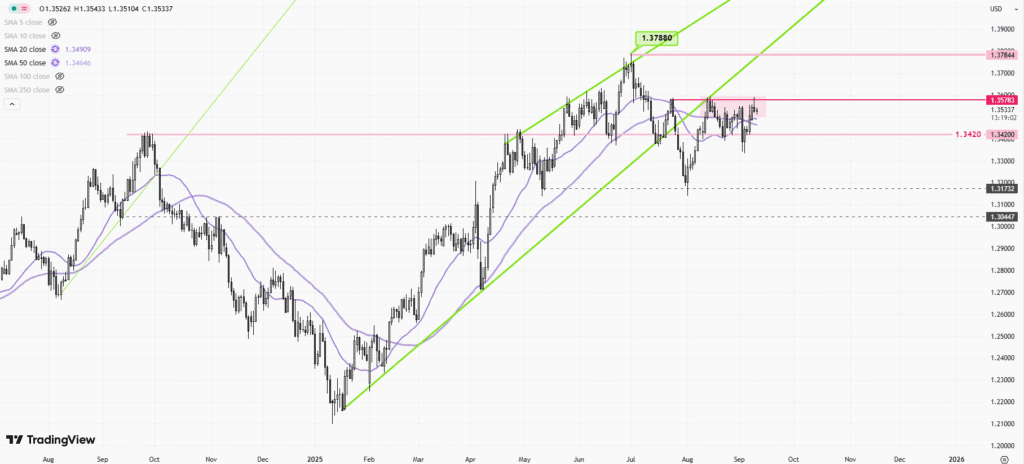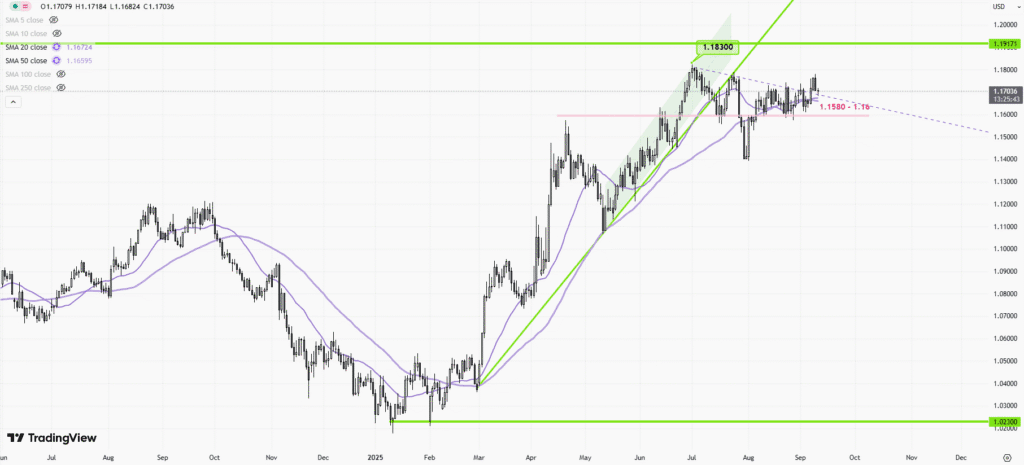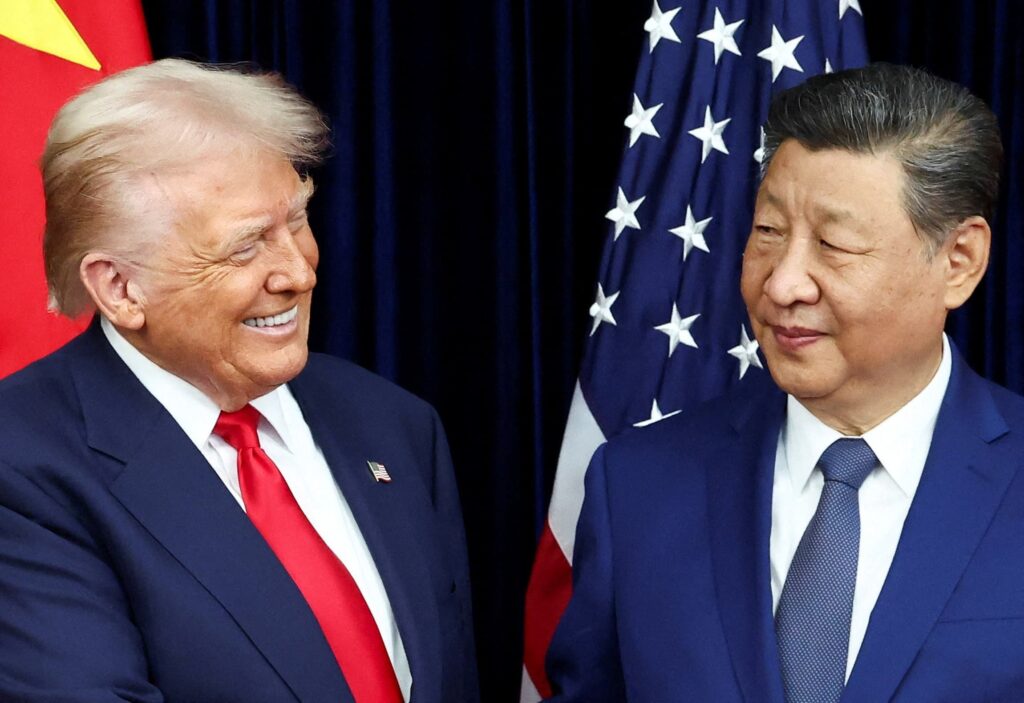 |
| Gold V.1.3.1 signal Telegram Channel (English) |
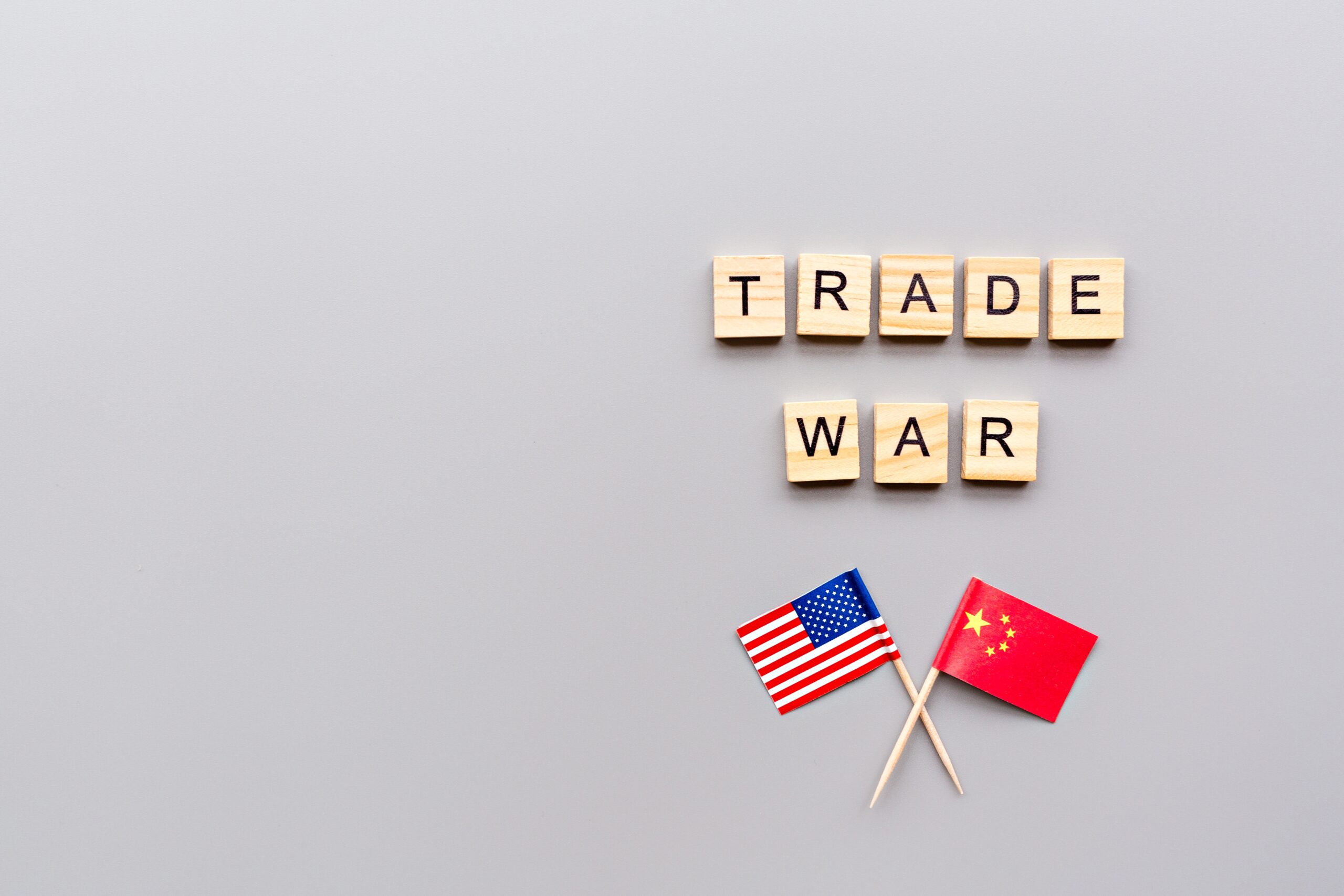
U.S. 2025 Tariff Hikes Disrupt Global Trade: Rising Duties on Chinese and EU Goods Trigger Supply Chain Shake-Up and Economic Turmoil
2025-04-20 @ 14:26
In April 2025, the U.S. government made a dramatic shift in its trade policy with the introduction of what’s now widely referred to as a “reciprocal tariff” system. This policy imposed sweeping import duties on key trading partners, including China, the European Union, Canada, and Mexico. Tariffs on Chinese goods soared to a staggering 145%—the highest in modern trade history. The move sent shockwaves through global markets, marking the beginning of a broad realignment of trade relations, with ripple effects seen in supply chains, geopolitical policies, and market expectations.
The new tariff plan features a tiered structure: a general 10% import duty as a baseline, with country- and industry-specific rates layered on top. In addition to China, some EU and Japanese goods now face tariffs of up to 50%. Critical industries like automotive and metals are bearing the brunt, subjected to targeted levies. The warning signs had been building since spring, as the U.S. began levying higher duties on sectors such as energy and agriculture from China, Canada, and Mexico. With this sweeping policy change, the average effective tariff rate in the U.S. has climbed above 22%—the highest in over a century. The message is clear: protect domestic industry and redesign global trade flows.
Markets didn’t wait to react. U.S. stocks plunged, with the Dow Jones Index losing $5 trillion in value over two days. Asian and European markets also took hits. The Chinese yuan fell below the 7.3 mark against the dollar, while the U.S. dollar index also declined amid investor anxiety over the deepening economic divide between the U.S. and China. Oil prices sank below $60 a barrel as investors flocked to safe-haven assets, shattering years of relative stability in energy markets. Volatility in both currency and commodity prices is already hitting company profits and challenging economies heavily reliant on cross-border trade.
Back at home, tariffs are starting to show up in everyday spending. Consumer prices are rising, especially for electronics, vehicles, and daily necessities. Research suggests that the average American household will face nearly $4,000 in additional annual expenses. These price pressures may cause the Federal Reserve to hold off on planned interest rate cuts, as inflation expectations inch upward. In retail, we’re seeing unusual spikes in demand for cars and durable goods—a sign that consumers are bracing for even higher costs ahead.
Growth forecasts have taken a hit. Analysts and think tanks have trimmed their projections for 2025, with global GDP growth now expected to slide from over 3% to 2.7%. For the U.S., growth could stall at just 0.1%, brushing up against the threshold of a technical recession. Rising uncertainty in Asia has triggered shifts in China’s manufacturing strategy, with production gradually relocating to Southeast Asia. Countries like Vietnam and Indonesia are seeing a spike in foreign investment applications, signaling a new chapter in regional supply chain reshuffling.
For China, these tariffs are not just an economic blow—they’re a catalyst for deep structural change. In response, Beijing has begun tightening export controls on rare earth minerals and doubling down on domestic demand and tech self-sufficiency. Export-oriented businesses in coastal provinces are navigating a complex transition: redistributing orders, adjusting supply chains, and rethinking raw material sourcing. Some are opting to reroute manufacturing through Southeast Asian countries, or shipping through third parties, as a workaround to avoid direct tax exposure.
Canada and Mexico are also navigating a tricky landscape under the USMCA framework. While some products still enjoy reduced tariffs, core areas like autos and agriculture have not been spared, prompting both nations to respond. Canada is stepping up controls on lumber and mineral exports. Meanwhile, Mexico is pushing for greater local production to cut reliance on U.S. demand. Ironically, what was once a pact to strengthen continental integration is now being exploited as a legal route to minimize tax liabilities, making North American supply chains increasingly complex and regulation-driven.
Europe finds itself in a more reactive position. The increased U.S. tariffs are hitting its automotive industry hard, forcing German carmakers to delay or cancel planned investments in the U.S. in favor of potential sites in Eastern Europe or Turkey. Simultaneously, the EU’s carbon border tax agenda is clashing with U.S. protectionism, accelerating Europe’s push to build out its own independent supply ecosystems: investing in semiconductor manufacturing, diversifying rare earth imports, and rerouting trade away from the U.S. High-level officials in Brussels are now prioritizing alternative trade corridors to safeguard longer-term strategic flexibility.
While “nearshoring” has become a hot topic in light of this restructuring, the shift hasn’t been easy. Many industries face serious hurdles in labor, logistics, and manufacturing infrastructure. Even with tariff incentives, reshoring production to the U.S. is far from simple. Take the auto sector: despite the policy push, America’s current capacity only covers about 60% of domestic demand. Many critical parts and raw materials still rely heavily on suppliers in Asia and Latin America. For companies, costs are rising—not falling—and combined with tax and labor policy uncertainty, “Made in the USA” is proving to be no silver bullet.
Outside the U.S., a new supply chain map is gradually taking shape. Southeast Asia is holding steady and even recorded growth in intra-regional trade during Q2 2025. India and Eastern Europe are emerging as attractive destinations for advanced manufacturing investments. All signs point toward a more fragmented and multipolar trade environment—one defined by geopolitics, shifting regulations, and national industrial policies. Under pressure, companies are accelerating efforts to diversify operations, hedge risks, and rethink where they build and ship their products.
Over the long term, this tariff wave is poised to feed into persistent inflationary pressures. Rising production costs are likely here to stay, with wages and prices locked in a feedback loop well into 2026. Meanwhile, the global trading system is showing signs of strain. The World Trade Organization appears sidelined, while regional and bilateral agreements are once again taking center stage. Multiple countries are rushing into new trade deals, but these also raise compliance costs and deepen policy uncertainty for businesses.
For multinational companies, this tariff shock isn’t just a painful disruption—it marks the beginning of a strategic reset. Firms now face fresh pressure to reassess supply chain resilience, review risk exposure across markets, and reconfigure how tariff costs are absorbed or passed on to consumers. In an unsettled global landscape, agility, foresight, and adaptability will distinguish the winners from the rest.
Though the current situation is fraught with tension, history shows that major economic disruptions often lead to breakthroughs in innovation and productivity. From industry transformation and homegrown R&D to the expansion of digital trade and global services, this tariff tightening could ultimately spark a fundamental rewrite of the rules governing the global economy. Much will depend on how governments and companies respond to one of the most significant trade shakeups in recent decades.


